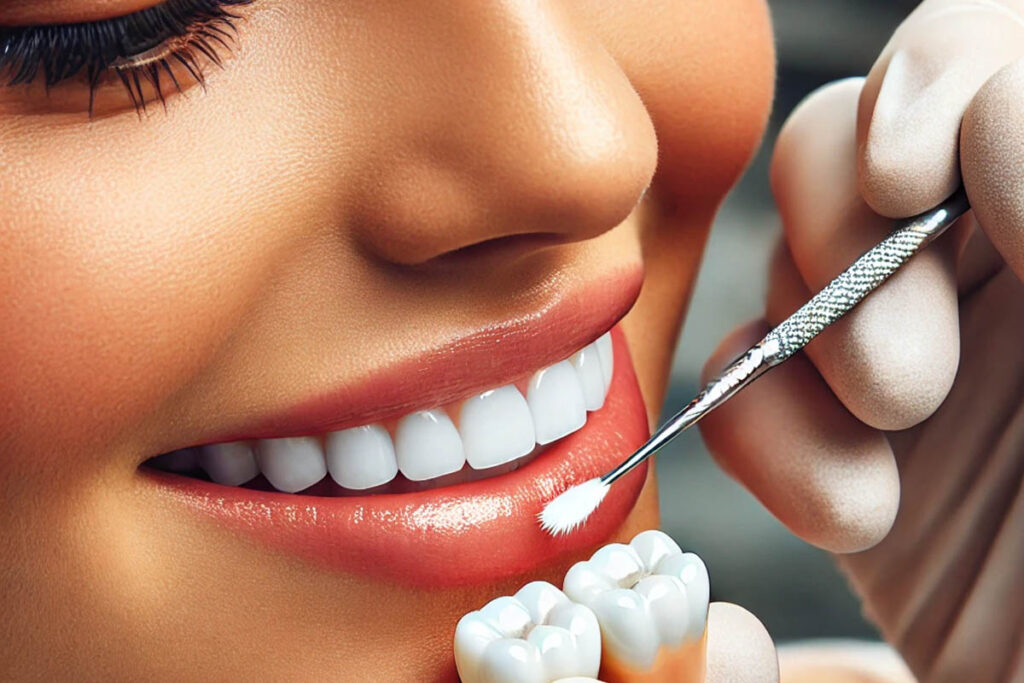Innovations in Adhesive Dentistry: Strength and Durability
Adhesive dentistry has revolutionized dental treatments by providing durable and strong bonds between restorative materials and tooth structures. Recent innovations have significantly improved bond strength and durability, making treatments more effective and long-lasting. This article explores these advancements and their impact on modern dentistry.

Understanding adhesive dentistry
Adhesive dentistry involves the use of dental bonding agents to adhere restorative materials like composites and veneers to tooth enamel and dentin. These agents are crucial for various procedures, including fillings, crowns, bridges, and veneers.
Evolution of bonding agents
The development of bonding agents has progressed through several generations, each improving upon the last in terms of bond strength and application ease.
- First Generation: Introduced in the 1950s, these agents had limited bond strength and durability.
- Second Generation: Improved adhesion to enamel but still faced challenges with dentin bonding.
- Third Generation: Added an acidic primer to enhance dentin bonding but required multiple steps.
- Fourth Generation: Introduced total-etch systems, significantly improving bond strength.
- Fifth and Sixth Generations: Simplified application processes while maintaining strong bonds.
- Seventh Generation: Single-step self-etch adhesives that are user-friendly and effective.
- Eighth Generation: Current innovations focus on enhancing bond strength, reducing technique sensitivity, and providing long-term durability.
Key innovations in adhesive dentistry
Recent advancements in adhesive dentistry have brought about significant improvements:
- Universal Adhesives: These adhesives can be used with various etching techniques, offering flexibility and strong bonds across different materials and conditions.
- Nano-technology: Incorporating nano-fillers in bonding agents improves their mechanical properties, enhancing bond strength and durability.
- Bioactive Materials: These materials promote remineralization and help maintain the health of the tooth structure, extending the lifespan of restorations.
- Improved Polymerization: Advances in light-curing technology ensure better polymerization of bonding agents, resulting in stronger and more reliable bonds.
Enhancing Bond Strength and Durability
The strength and durability of adhesive bonds are critical to the success of dental restorations. Innovations in adhesive dentistry focus on several aspects to enhance these properties:
- Surface Preparation: Proper etching and priming techniques are essential for creating a strong bond. Recent innovations include more effective etching agents and primers that provide better penetration and adhesion.
- Hybrid Layer Formation: Developing a strong hybrid layer at the interface between the tooth and the restorative material is crucial. Innovations aim to create a more robust and resilient hybrid layer to improve bond longevity.
- Moisture Control: Controlling moisture during the bonding process is vital for achieving optimal bond strength. New bonding systems are designed to be less sensitive to moisture, reducing the risk of bond failure.
- Stress Absorption: Incorporating materials that can absorb and dissipate stress helps prevent bond failure and prolongs the life of restorations. Innovations in this area focus on creating more flexible and resilient bonding agents.
Clinical Applications of Advanced Adhesives
Advancements in adhesive dentistry have expanded the range of clinical applications, including:
- Direct Restorations: Improved bonding agents enhance the longevity and aesthetics of direct restorations like composite fillings.
- Indirect Restorations: Strong bonds with materials like porcelain and zirconia improve the success rates of crowns, bridges, and veneers.
- Orthodontic Applications: Enhanced adhesives provide better attachment of brackets and other orthodontic appliances, reducing the risk of debonding during treatment.
Future directions in adhesive dentistry
The future of adhesive dentistry is promising, with ongoing research focused on further improving bond strength, durability, and ease of use. Key areas of interest include:
- Smart Adhesives: Development of adhesives that can respond to changes in the oral environment, such as pH or temperature, to maintain bond integrity.
- Biocompatibility: Enhancing the biocompatibility of adhesives to promote better integration with the natural tooth structure and reduce adverse reactions.
- Sustainable Materials: Exploring eco-friendly and sustainable materials for adhesive systems to reduce environmental impact.
Conclusion
Innovations in adhesive dentistry have significantly enhanced bond strength and durability, making dental restorations more reliable and long-lasting. These advancements not only improve the outcomes of dental treatments but also enhance patient satisfaction. By staying updated with the latest developments in adhesive dentistry, dental professionals can provide better care and achieve superior results.
For more information on the latest advancements in dental materials and to find a dental clinic near you, visit Dental Near You.
